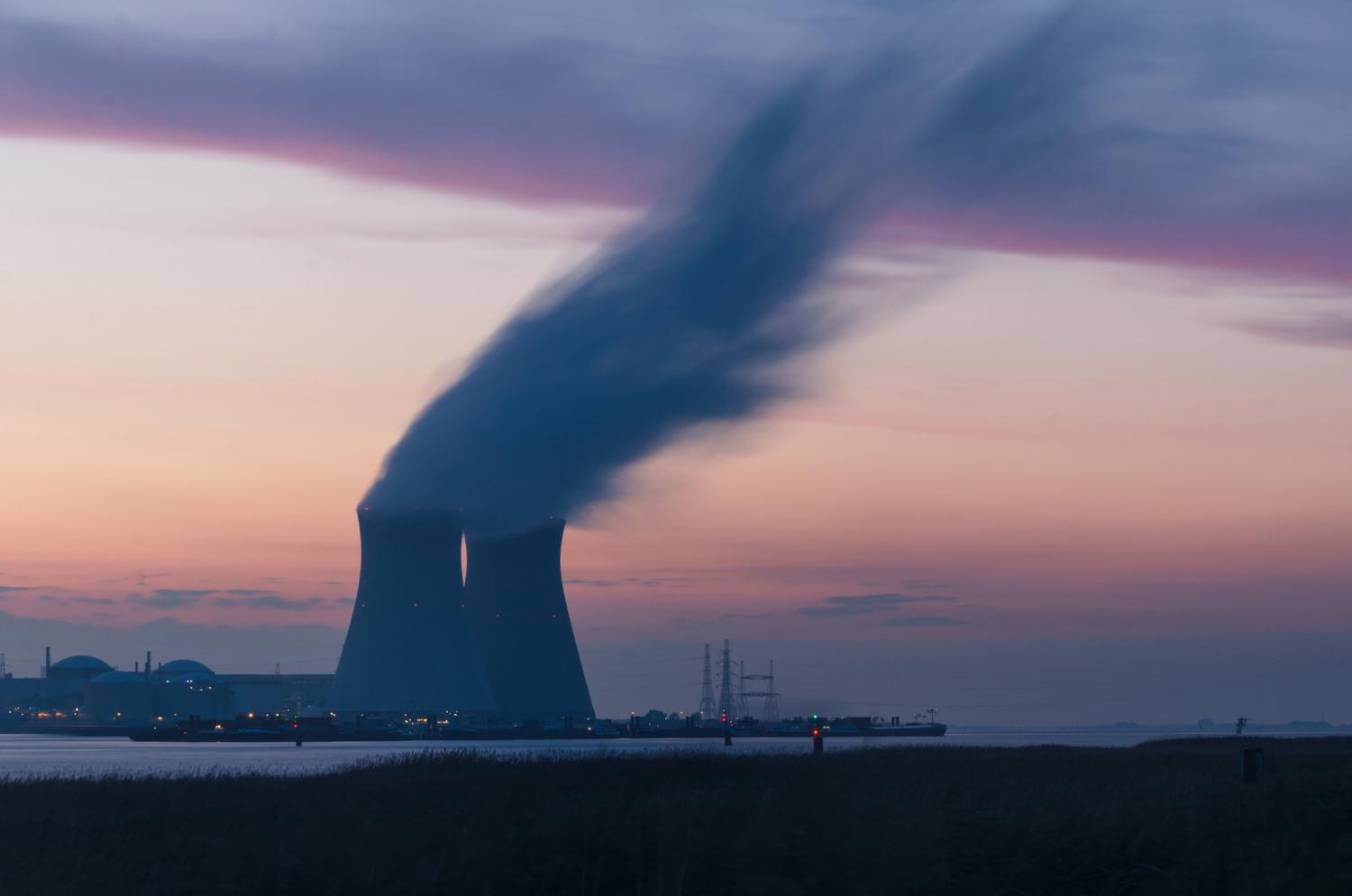The Employment Multiplier – An Important Tool For Promoting The Burgeoning Green Economy


This post is part of a blogging series by economics students at the Presidio Graduate School's MBA program.
By Eric Cetnarski
As one would expect from a Great Recession, much of American political and economic discourse has been focused on job creation. And despite signals of recovery, the unemployment rate still remains above 9 percent. Many Americans are still struggling to maintain their households – and as a result topics like ‘green-recovery’ and climate mitigation are not primary concerns. Americans want jobs – even if they come from traditionally ‘dirtier’ industries like fossil fuel extraction and production.
It is important that climate mitigation and green industry advocates bear this in mind when communicating their initiatives. Statistics like the employment multiplier can help these advocates tell a compelling story when courting working-class Americans and municipal governments.
What is An Employment Multiplier?
An employment multiplier is one of the measures used to determine the impact a particular industry will have upon a municipality when it arrives or departs. In its simplest terms, the employment multiplier measures the amount of direct, indirect and induced jobs created (or lost) in the area. Direct jobs are related to the specific industry, while indirect jobs are those that support the industry. Induced jobs are those that are a result of direct/indirect employee’s spending money in the community. Generally, industries with a higher multiplier are more desirable.
Fossil Fuel Extraction And Production Are Desirable Because They Create Jobs
According to the U.S. Bureau of Economic Analysis Industry multiplier data, coal mining has an employment multiplier of 4.4 - meaning that for every mining job, 4.4 other jobs are created. Oil and gas extraction have a multiplier of 6.9. As one can see, these industries can be viewed as a boon to communities. It can prove politically difficult to thwart the advances of the fossil fuel industry -- unless compelling clean energy options can be presented.
Green Energy Alternatives Are Job Creation Options
Like other traditional energy industries, green industry initiatives have the potential to significantly bolster a region’s economy. Activities like maintaining a large solar array or maintaining a smart-grid can be as labor intensive as extracting and processing fossil fuels. For example, the clean energy coalition Apollo Alliance reports that for every $1 million invested in smart grid installations, 5.2 direct and 7.9 indirect/induced jobs are created. There are a host of other studies that indicate green industries like renewable energy production create both direct and indirect jobs in the municipalities they are located.
Green Jobs and the Multiplier: Debunking Myths
Unfortunately many Americans still associate green industries with economic contraction and job loss. Traditional industries often confuse the public about green initiatives (e.g. California's 2010 Proposition 23). It is imperative that those in the green industries clearly communicate the economic benefits to communities - not just the environmental ones. If they don't, then most American’s will overlook the burgeoning green economy in favor of what they see as a ‘safe bet’ in traditional industry.
This misconception is neither good for our economy nor our environment.
***
Eric Cetnarski is earning his MBA so that he can harness the power of business to provide more sustainable production and purchasing options to consumers and businesses. He believes profound social and environmental change can manifest from the consumer.
Image credit: Pixabay



















